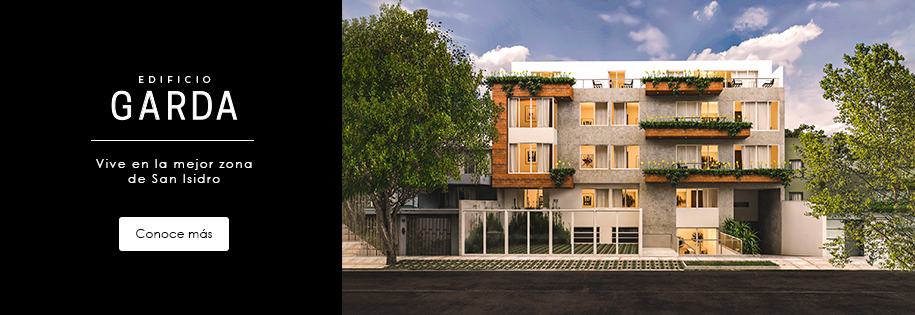The term comes from the English, from the word nest,which means nest. And it is that this trend of Scandinavian origin turns the home into the axis of happiness; it makes a nod to the environment of comfort, to the warmth of the home as a protective shield that will free the individual from the stress of contemporary life.
"Whether it's beneficial depends on each person and the moment they go through. We don't all have the same needs," explains Juan Martínez Chacón,a psychologist at bienestarypsicologia.com. He believes that man's greatest pressures today are both belonging to a group and carrying out activities on a constant basis.
"Whether it's beneficial depends on each person and the moment they go through. We don't all have the same needs."
Juan Marínez Chacón
"There are people who are forced to meet a number of demands, even in their personal relationships they are tied to roles." A fact that, according to the expert, drags the human being to a state of constant stress because "We force ourselves to respond all the time to what others expect of us,even during leisure time". The isolation in the home ends up becoming an escape route, a refuge.
And here comes Nesting, as a very good option, as long as you know how to take care of yourself by doing what you really like inside your house.
To practice it, it is essential to eliminate chaos from the environment; for which, the decoration has an important role, since everything that surrounds the individual in his "nest" must define it and agree with his comfort environment. To achieve this atmosphere of relaxation and calm, you can choose to paint your walls of tones that transmit these feelings, place pictures of scenes that give you peace, etc.

The point is that you can strengthen the feeling of well-being in your home.


